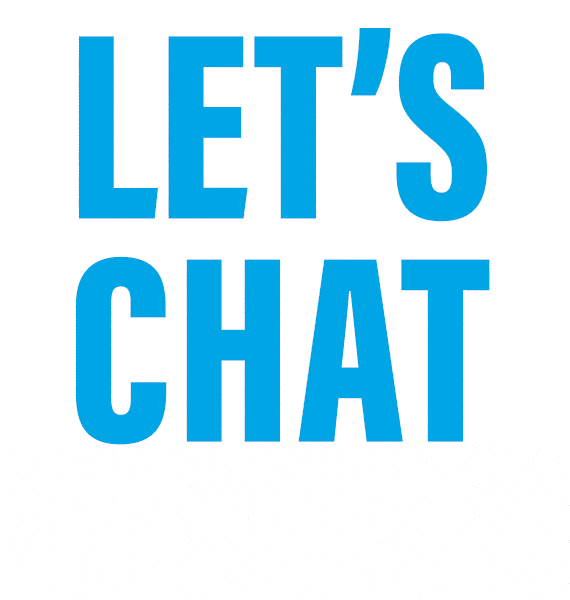On the cusp of a new year and the onslaught of New Year’s resolutions, there are some pretty damning stats out there that you should consider before betting on a resolution to keep you on the straight and narrow this next year. Strava’s examination of a vast database containing over 800 million activities logged by users indicates that January 19, referred to as "Quitter's Day," represents the timeframe when a majority of people tend to give up on their New Year's resolutions. Another study from YouGov, reports that just 9% of adults keep their resolutions all year long.
Even though the odds of success aren’t high, that doesn’t stop people from making resolutions. Based on a Forbes Poll, below are popular resolutions anticipated for 2024 and the associated challenges individuals might encounter while striving to achieve them:
Improved Fitness – 48%
According to statistics from the fitness industry, around 80% of gym memberships initiated in January are abandoned by February.
Improved Finance – 38%
If money is your area of focus you may stick to it longer in the first few months but won’t continue to stick to those choices throughout the year.
Lose Weight – 34% / Improved Diet 32%
People fail significantly more frequently with weight resolutions than with non-weight-loss resolutions.The top failed New Year’s resolution was to diet and to eat healthier.
Some other areas people are focusing on for the new year include improving mental health, making more time for loved ones and to stop smoking.
While setting resolutions is a positive step towards personal growth, it's imperative to realize that challenges and barriers lie ahead. Paint the picture in your head of where you are and where you want to be but be realistic about the chasm that lives between the two points. You need to adopt effective strategies to increase the likelihood of your success to make it through the weight and pain of crossing that gap.
What does any of this have to do with marketing? Well, if you work in behavior change, the end of the year doesn’t bring a season of mark downs and sales, it brings motivation for your audience to change, and you need to be able to speak into that space and maintain the conversation long enough to make lasting change. So, let’s reframe resolutions as habits and apply the behavior change model.
Successful New Year’s Habits™ 101:
Pre-contemplation – How do you get your audience to think about changes they need to make? Lay the base work of inspiring and educating your audience and using motivational interviewing techniques to help them consider ways they can make positive changes in their lives.
Contemplation – You have them on the hook, but they aren’t there yet, continue the conversation with additional information that will lead them down the funnel. Use tactics to layer broad informational content with bite-sized chunks of actionable steps.
Determination – Make the goal a reality. Help your audience visualize the change they will make and prepare for the next step. This means speaking into barriers they will face and giving practical tips that help them understand the goal is attainable.
Action – Successful New Years Habits™ part 1 complete. Now that the behaviors have changed, the focus should be put in supporting that change. Gareth Mills from Strava spoke to accountability playing a part in fitness goals when he said, “We know those who exercise in a group exercise 10% longer and 21% further and that the key to long-term success past January is goal setting; 88% of runners are still active six months after setting a goal.” Give your audience reminders and cures to serve as triggers for behavior change. Utilize cues and reminders to prompt action and reinforce the habit loop.
Relapse – This is real. Don’t avoid it. Don’t sugar coat it. One of the best things a brand can do is acknowledge slip ups are part of the journey and not the end. Setting up a coping plan doesn’t discourage the attempt but validates the weight of the ask. Address the pain points and create a space where individuals feel seen and heard.
Maintenance – First, celebrate! Nothing feels better than acknowledging the win and the work that went into it. Continue to foster community through active listening and support.
January is fast approaching but changing behaviors isn’t something that is tied to a day or a month, the beauty is you don’t need a ball drop or cannons of confetti to signal a fresh start—you can change behaviors at any time.
Want to read more about habits?








